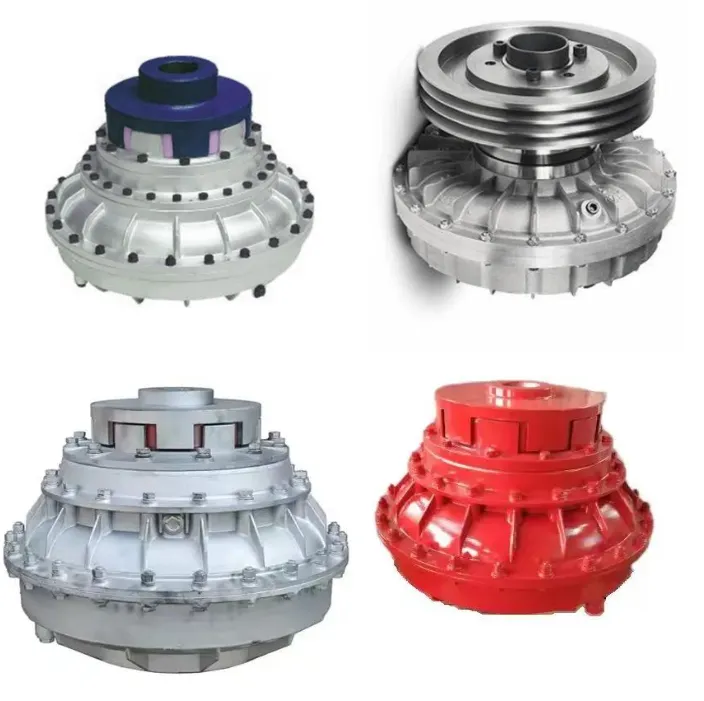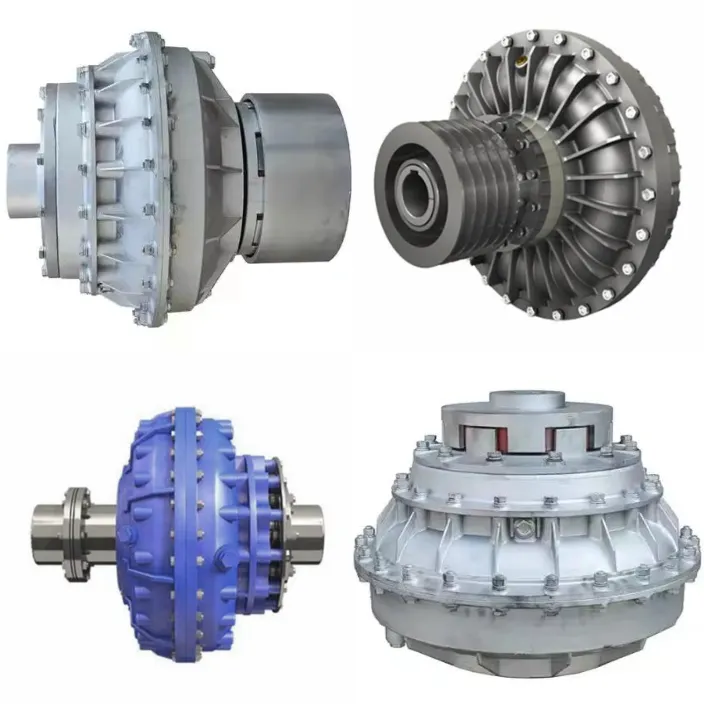Hydraulic Line Quick Connect Fittings
Introduction to Hydraulic Line Quick Connect Fittings
Hydraulic line quick connect fittings have become indispensable in various industrial applications. These connectors facilitate the rapid connection and disconnection of hydraulic lines without the need for tools, enhancing efficiency and minimizing downtime.
The Evolution of Hydraulic Line Quick Connect Fittings
Over the years, the design and functionality of hydraulic quick connect fittings have evolved. Early models were rudimentary, but modern fittings incorporate advanced sealing technologies and materials to withstand high pressures and extreme conditions.
Materials Used in Hydraulic Quick Connect Fittings
The selection of materials is crucial for the durability and performance of hydraulic quick connect fittings. Common materials include stainless steel, brass, and plastic composites, each offering unique properties suitable for different applications.
Advantages of Using Hydraulic Quick Connect Fittings
Quick connect fittings offer numerous advantages, such as ease of use, reduced maintenance time, and improved safety. They also prevent fluid leaks, which can be hazardous and costly.
Common Applications of Hydraulic Quick Connect Fittings
These fittings are used across various sectors, including agriculture, construction, manufacturing, and automotive industries. They are essential for equipment that requires frequent connection and disconnection of hydraulic lines.
Types of Hydraulic Quick Connect Fittings
There are several types of hydraulic quick connect fittings, including push-to-connect, threaded, and bayonet styles. Each type is designed for specific operational requirements and ease of use.
How to Select the Right Hydraulic Quick Connect Fitting
Choosing the right fitting involves considering factors such as pressure rating, fluid compatibility, and environmental conditions. It¡¯s essential to ensure that the fitting matches the operational demands of the system.
Installation Tips for Hydraulic Quick Connect Fittings
Proper installation is vital for the optimal performance of these fittings. Ensure that all components are clean, and follow the manufacturer¡¯s guidelines to avoid issues like leaks or pressure drops.
Maintenance and Troubleshooting of Quick Connect Fittings
Regular maintenance involves inspecting fittings for wear and tear, cleaning, and replacing seals as needed. Troubleshooting common issues, such as leaks or connection difficulties, can prolong the lifespan of the fittings.
Environmental Impact of Hydraulic Quick Connect Fittings
Using high-quality, leak-proof fittings can minimize environmental contamination caused by hydraulic fluid leaks. Sustainable materials and designs are increasingly being adopted to reduce the ecological footprint.
Innovations in Hydraulic Quick Connect Fittings
Recent innovations include the development of self-sealing connectors and advanced materials that enhance durability and performance. These advancements contribute to more reliable and efficient hydraulic systems.
Case Studies: Success Stories of Hydraulic Quick Connect Fittings
Several industries have reported significant improvements in operational efficiency and safety after adopting hydraulic quick connect fittings. These case studies showcase the practical benefits and applications of these components.
Future Trends in Hydraulic Quick Connect Fittings
The future of hydraulic quick connect fittings lies in smart technologies and material science advancements. Expect to see more integrated sensors and IoT capabilities that monitor and optimize hydraulic systems.
Conclusion
Hydraulic line quick connect fittings are vital components in modern hydraulic systems. Their ability to simplify connections, enhance safety, and reduce maintenance downtime makes them an essential asset across various industries.

What is the function of hydraulic coupler?

- Efficient Fluid Transfer: Hydraulic couplers facilitate efficient and secure fluid transfer between hydraulic lines, ensuring systems operate smoothly without leaks.
- Quick Disconnection: They allow for rapid disconnection and reconnection of hydraulic lines, minimizing downtime and improving maintenance efficiency.
- Pressure Regulation: Hydraulic couplers can help regulate pressure within the system, preventing potential damage due to pressure surges.
- Environmental Safety: By preventing fluid leaks, hydraulic couplers contribute to environmental safety and reduce the risk of contamination.
- Versatility: They are versatile components used in various applications, from industrial machinery to agricultural equipment.
What are the two types of fluid coupling?

- Fixed Fill Fluid Coupling: This type has a set amount of fluid inside the housing. It provides a smooth and gradual transfer of power, making it ideal for applications requiring constant speed.
- Variable Fill Fluid Coupling: Unlike fixed fill, this type allows for adjusting the amount of fluid inside the coupling, enabling variable speed control. It is suitable for applications that demand varying operational speeds.
How do hydraulic quick couplers work?
- Connection Mechanism: Hydraulic quick couplers typically use a push-to-connect mechanism that allows for easy and quick connection of hydraulic lines.
- Sealing: They incorporate seals that prevent fluid leakage when the coupler is connected or disconnected.
- Pressure Release: Some couplers have built-in mechanisms to release pressure before disconnection, ensuring safety during maintenance.
How to Choose or Customize the Right Hydraulic Coupling

- Pressure Rating: Ensure the coupling can withstand the maximum operating pressure of your hydraulic system.
- Fluid Compatibility: Select a coupling material that is compatible with the hydraulic fluid used in your system to prevent corrosion and degradation.
- Environmental Conditions: Consider the working environment, such as temperature and exposure to chemicals, and choose a coupling that can endure these conditions.
- Connection Type: Determine whether you need a push-to-connect, threaded, or bayonet style based on the operational requirements and ease of use.
- Size and Flow Rate: Match the size and flow rate of the coupling to your system’s specifications to ensure optimal performance and efficiency.
HZPT: Your Trusted Manufacturer for High-Precision Hydraulic Couplings
HZPT, established in 2006, is a leading manufacturer specializing in the development and production of high-precision couplings, ball screw support units, motor mounts, and motion modules. Our coupling product line includes servo motor couplings, stepper motor couplings, miniature motor couplings, encoder couplings, and more.
Advantages:
- Advanced Technology: We employ the latest technological advancements to ensure our products meet the highest standards of precision and durability.
- In-House R&D Center: Our dedicated research and development center allows us to innovate and continuously improve our product offerings.
- Own Processing and Testing Systems: We have complete in-house processing and testing systems to maintain stringent quality control throughout the manufacturing process.
- ISO 9001:2015 Certified: Our operations are certified under ISO 9001:2015, ensuring adherence to international quality management standards.
- ROHS Compliance: Our products comply with ROHS standards, reflecting our commitment to environmental sustainability and safety.
With over 30 product lines, our solutions are widely used in electronics, solar, photovoltaic industries, machine tools, packaging, molding, medical, printing, and various automated machinery. Our products have earned recognition and trust from top clients globally, including those from Japan, the USA, Germany, Israel, Malaysia, Singapore, and Taiwan.